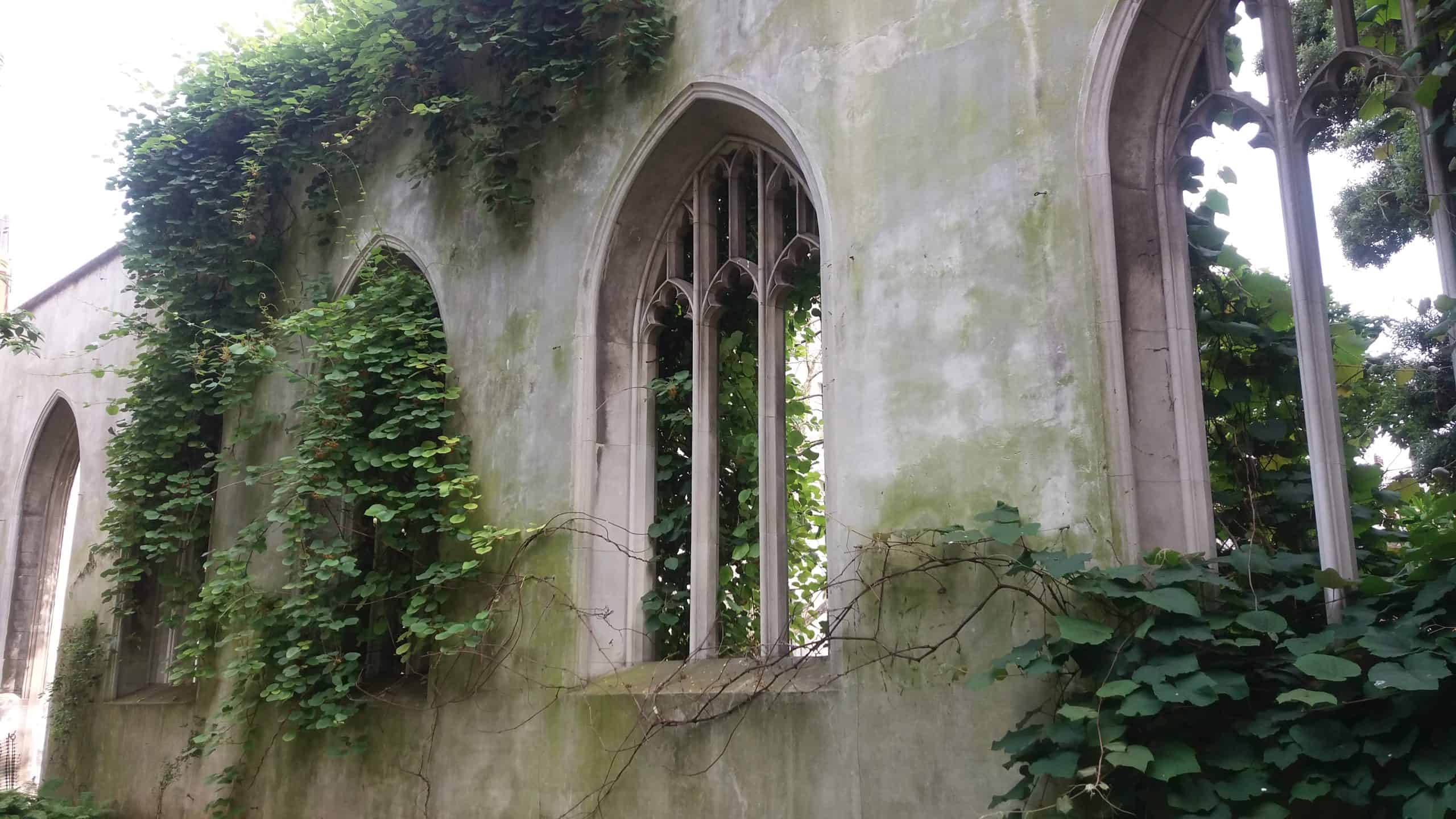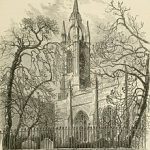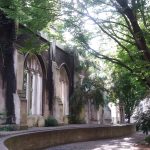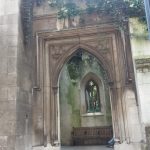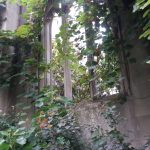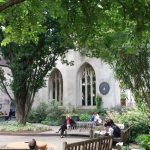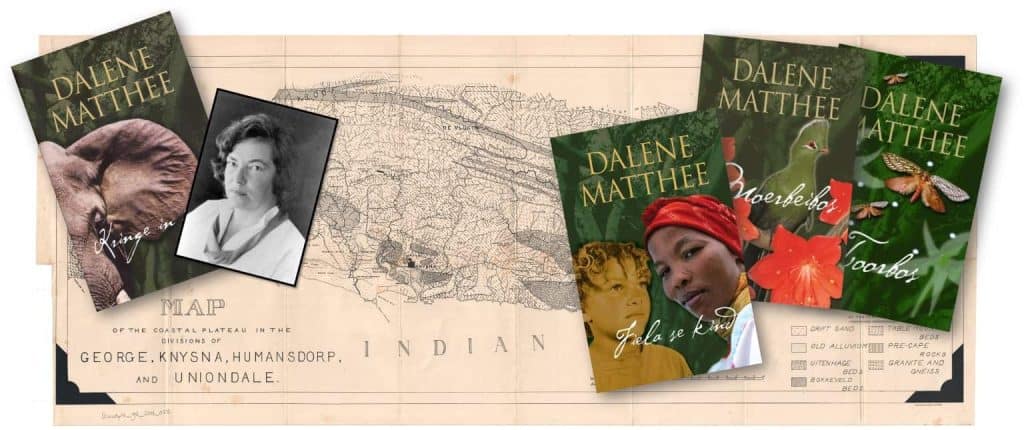For centuries, the idea of a secret garden enchanted people. Believe it or not, there is such a garden in London City Centre: a small island of peace in the heart of one of the world’s most vibrant cities.
In June 2018, my hostess in London, Bronwen Thomas, promised to take me to an exceptional place. Because her husband is a photographer, she knows hidden corners in the city that even a born Londoner or seasoned tourist can easily overlook.
Near the Tower of London is St Dunstan in the East, a garden that was initially a church, surrounded by skyscrapers. It has an interesting but sad history.
The church was originally built around 1100. A new south aisle was added in 1391 and was repaired in 1631. It was severely damaged in 1666 by the Great Fire of London. Rather than being completely built again, it was patched up. A steeple and tower designed by Sir Christopher Wren was added in 1695 to 1701.
In 1817 the building was so dilapidated that it had to be redesigned and rebuilt. When it was reopened in 1821, it could accommodate 600 to 700 people. Sir Christopher’s tower was, however, retained.
The next disaster that struck was the German bombing of London during the Second World War (1939–1945), known as the Blitz. In 1941 the church was almost destroyed. Only the tower and some exterior walls remained. After the war, the Anglican Church decided not to rebuild the church again.
The ruins remained like that until 1967 when the City of London decided to turn it into a public garden where the public could relax in the open air. It opened in 1971 and was replanted in 2015 to revitalise the garden.
You can smell plants like roses, jasmine and lavender even before you see the garden. Inside the walls is a small fountain, lawn and benches where one can sit and read, or just rest. Outside, the glassless Gothic window frames and creepers that tumble across the walls offer a dramatic background for pictures. The silence is almost holy. Involuntary, you start whispering as you enter.
The garden has won several prizes. It also contains an interesting, rare plant, the Winter’s bark or Drimys winteri. Its leaves contain high levels of vitamin C. Long ago people chewed it to prevent scurvy.
The garden covers just over 1 000 m² and has been declared a monument. It is open all year round to visitors, from 8 am to 7 pm or dusk, whichever is earlier. No entry fees are charged. Part of the garden is available to hire for private events and open-air church services are sometimes held there.
Whether you like gardens, history or simply silence, a visit to this unique space is definitely recommended!
Sources:
https://en.wikipedia.org/wiki/St_Dunstan-in-the-East



